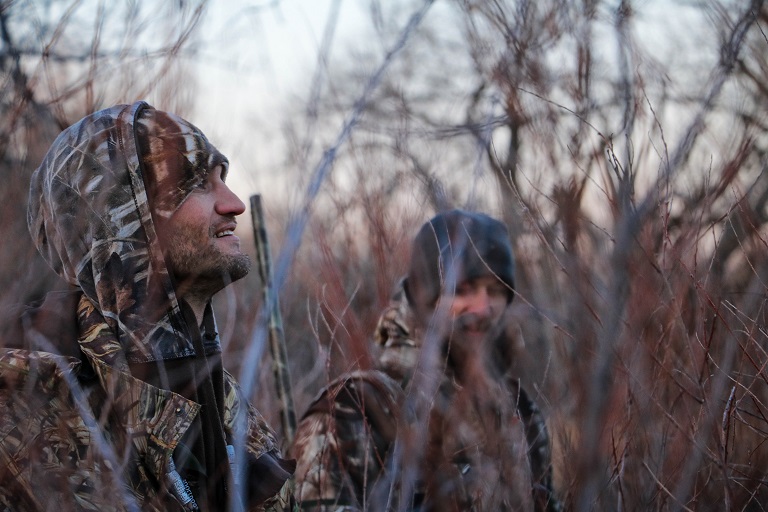1st May 2017
Types of Non-Lethal Ammunition
For a long time, forces facing out-of-control crowds have been getting physical as a method of gaining their compliance. ‘Pain compliance’ has been a part of control for as long as non-peaceful protests have been a part of demonstrations.
This method originated in much simpler methods, such as truncheons and, much later, telescopic batons. However, enforcement agencies began to look at more ‘remote’ ways of distributing compliance without putting officers too close to danger.
This led forces to look upon their firearms as a means of stimulus. This is where non-lethal ammunition comes in.
Standard ammunition is designed to penetrate the target, causing internal damage designed to be fatal. However, non-lethal ammunition is designed to impart its kinetic energy onto the target, causing blunt force trauma. The idea of non-lethal ammunition is to neutralise a threat to personnel and public without lethal force, which can escalate situations rather than deescalate.
Non-lethal ammunition originated in the 1800s as British policemen in the eastern colonies began modifying broom handles to create non-lethal (or less-than-lethal) wooden bullets. These bullets were then later used in conflicts in Ireland although were replaced with rubber bullets over concerns of splintering.
Rubber Bullets
Slugs
37mm rubber bullet rounds were some of the original non-lethal rounds that are still in use today. This singular round is fired from a 40mm launcher with a low power propellant at 60m/s (200ft/s). Whilst typically slow, the round is around 100g in weight and hits with 185 joules of energy and has a range of 100m.
55,000 rubber bullets were fired by the British Army in Northern Ireland. 3 of these instances resulted fatalities, causing the switch the plastic bullets in 1975 (more on this later).
Also available are smaller, 4.75gram singular projectiles available for shotguns use.
Buckshot
A smaller, more compact system employed by many forces is rubber buckshot. This is a standard shotgun cartridge filled with 15x 8.5g rubber balls that are fired at 240m/s (790ft/s). The standard format allows the use of familiar, compact weapons platforms with higher ammunition capacity.
Plastic Bullets
In 1973, British Security Forces invented the plastic bullet to replace the rubber bullet and reduce fatalities, eventually completely replacing rubber bullets in 1975.
Whilst being the same weight as the rubber bullet projectile, the plastic bullet was fired at a much lower muzzle velocity, reducing its impact energy.
However, after their introduction it was discovered that they were still lethal at certain ranges and their usage was heavily condemned by the public.
Bean Bag Rounds
Bean bag rounds are arguably the most common non-lethal ammunition in use today.
Fired from a 12-gauge shotgun, the 40gram beanbag round hits the target at around 70m/s (229ft/s) with 98joules of energy.
Due to their flexible shape and size, bean bag rounds are only accurate up to 6meters and have a maximum range of 20 meters. Although, more aerodynamic bag types are becoming more and more available.
All ‘non-lethal’ ammunition is still very dangers and can be lethal if fired incorrectly, without proper training. Proper care and precautions should be taken if using non-lethal / less-than-lethal ammunition.
